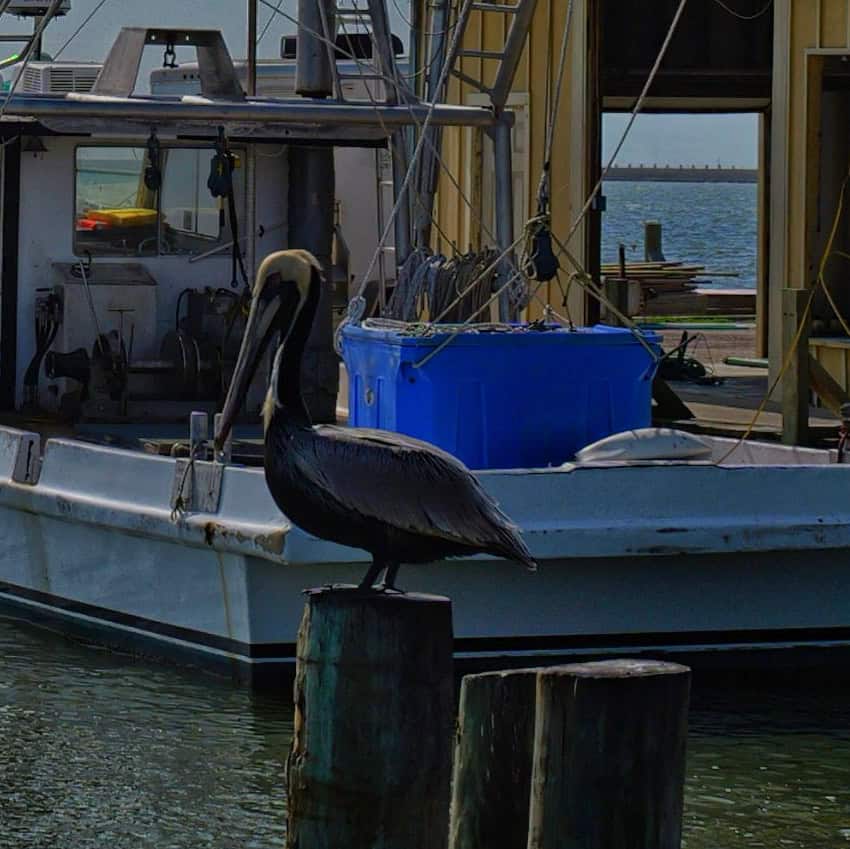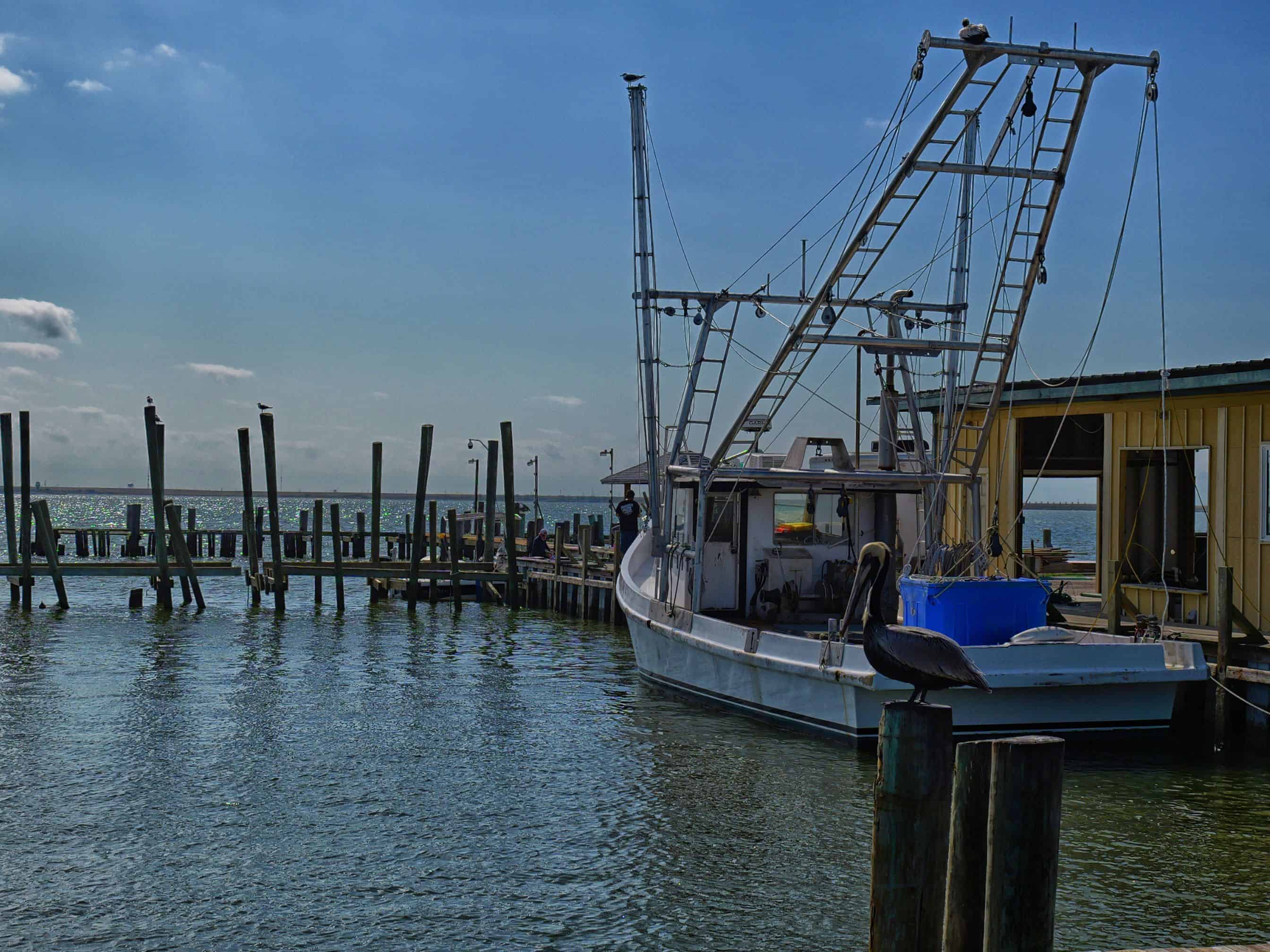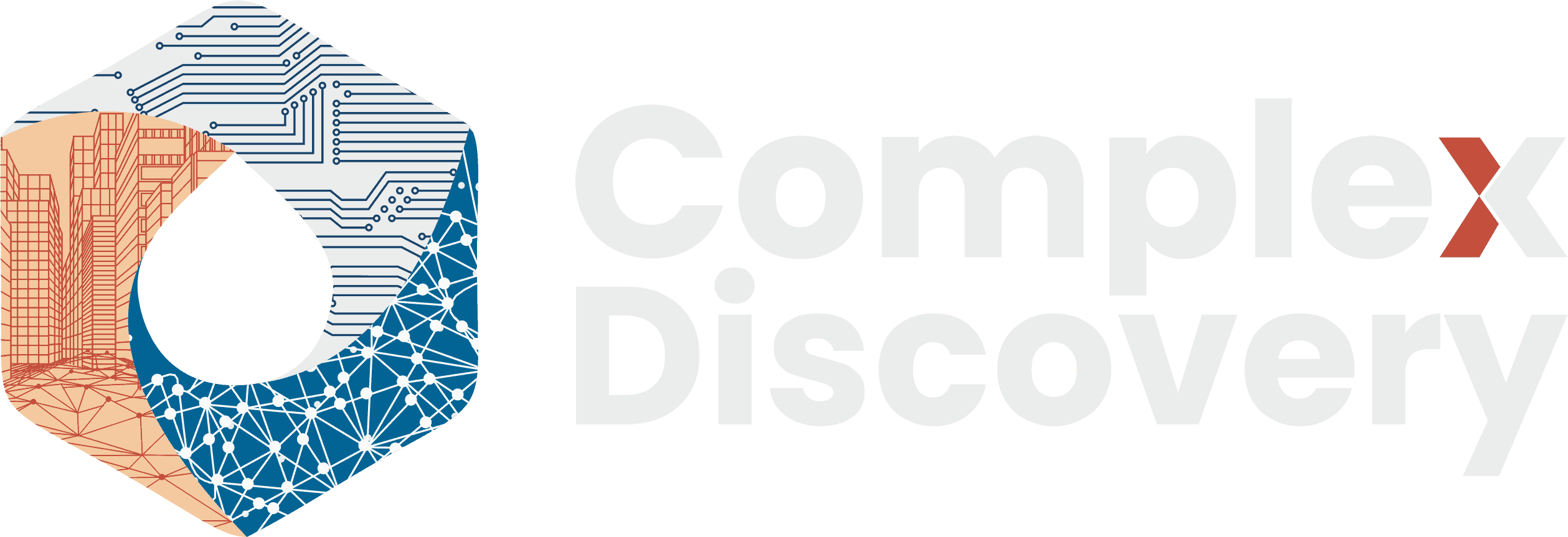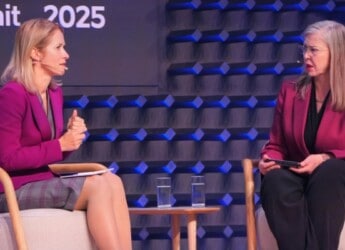Editor’s Note: In 2025, ComplexDiscovery OÜ has expanded its coverage to include staff-driven photojournalistic efforts that highlight key people, events, and objects shaping history and current industry dynamics. This addition aims to offer a more immersive and visual understanding of the subjects under examination and topics covered, enhancing the depth and clarity of the insights provided.
Industry News – Photo Journalism Beat
The Silent Power of Stillness: Pelicans and Organizational Efficiency
ComplexDiscovery Staff
On a quiet boat dock, a lone pelican perches in perfect stillness, scanning the waters below. At first glance, it might seem like idleness—a break from the hunt. But in reality, this bird is practicing a strategy honed by evolution: conserving energy for the moments that matter most.
Brown Pelicans spend up to 68% of daylight hours inactive, perching, digesting prey, and conserving energy for their high-impact dives. This isn’t laziness—it’s precision management of effort and resources. It turns out, the same strategy can be applied to leadership and organizational performance.
Research from the University of Illinois supports this natural instinct. Studies reveal that short, intentional breaks can improve focus dramatically, allowing the brain to reset and approach tasks with renewed clarity. Similarly, companies that build recovery periods into their workflows see measurable improvements, with teams completing more projects on average.
The pelican’s efficiency doesn’t end with rest. By choosing elevated perches near dense prey waters, it reduces unnecessary flight time, maximizing results while minimizing effort. In business terms, automation plays a similar role—recent data shows that streamlined systems can save employees hours each week, freeing them for more meaningful, creative work.
Even in the face of disruption, nature offers insights. Pelican colonies with extra nesting space survive hurricanes at three times the rate of overpopulated ones—a lesson in the importance of resilience and buffer capacity. Likewise, adaptive businesses that allocate resources strategically typically see faster innovation cycles and higher shareholder returns.
Leadership, much like the pelican’s dive, requires precision. Small shifts—like protecting periods of uninterrupted focus or offering regular feedback—can create massive gains over time. And just as the pelican adjusts its dive angle by a mere two degrees to conserve energy, leaders can fine-tune workflows to prevent burnout and improve team performance.
In the stillness of that perched pelican lies a powerful truth: success isn’t always about constant motion. Sometimes, the greatest results come from knowing when to pause, conserve energy, and strike only when the timing is perfect.
Captured in February 2025 near Galveston Bay with a Panasonic LUMIX S9 and a LUMIX S 20-60mm f/3.5-5.6 lens, these photographs serve as a reminder that while nature reveals the wisdom of balance and conservation, the power to apply and conserve our energy lies in how we choose to lead, rest, and act with intention today.



Reference: Robinson, R. (2025). Perching Pelicans and the Topwater Grill on Galveston Bay [Photographs]. ComplexDiscovery.com. https://complexdiscovery.com/the-silent-power-of-stillness-pelicans-and-organizational-efficiency/
Assisted by GAI and LLM Technologies
Source: ComplexDiscovery OÜ

























